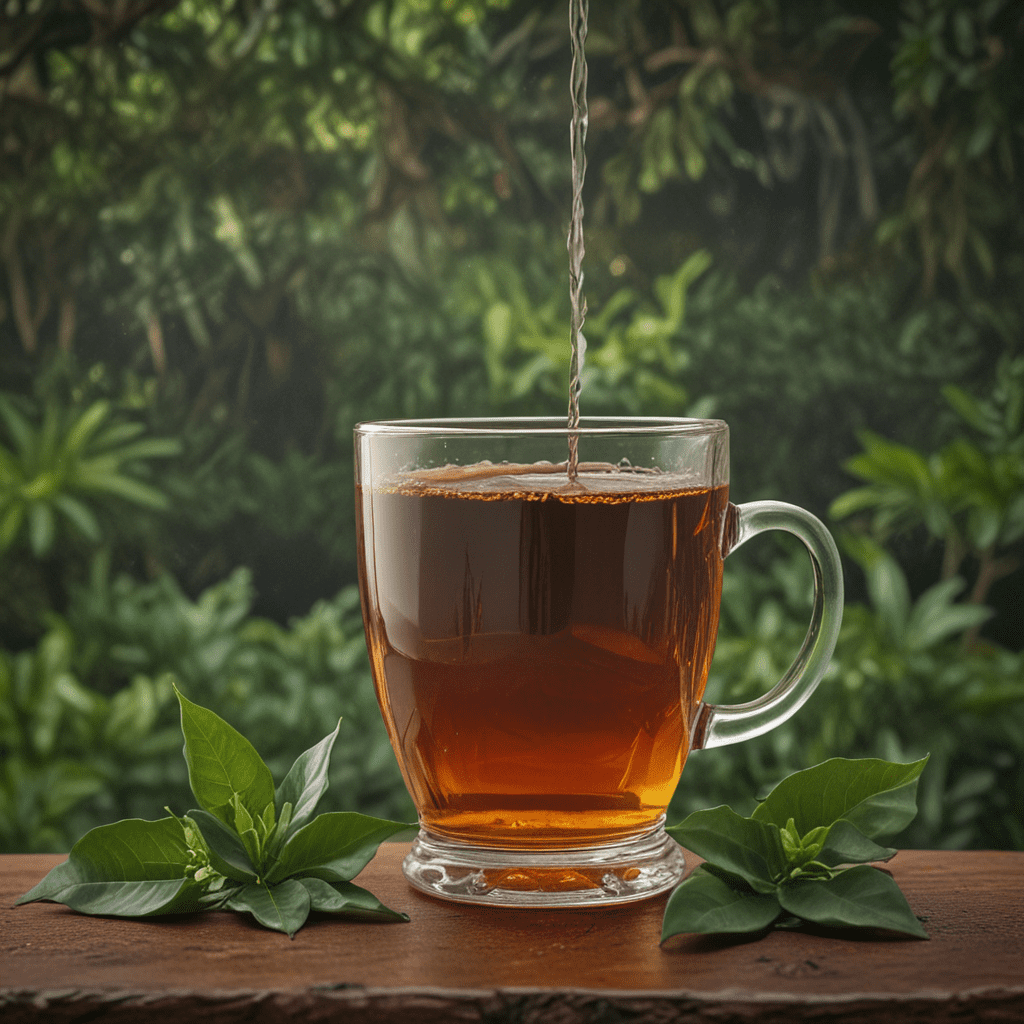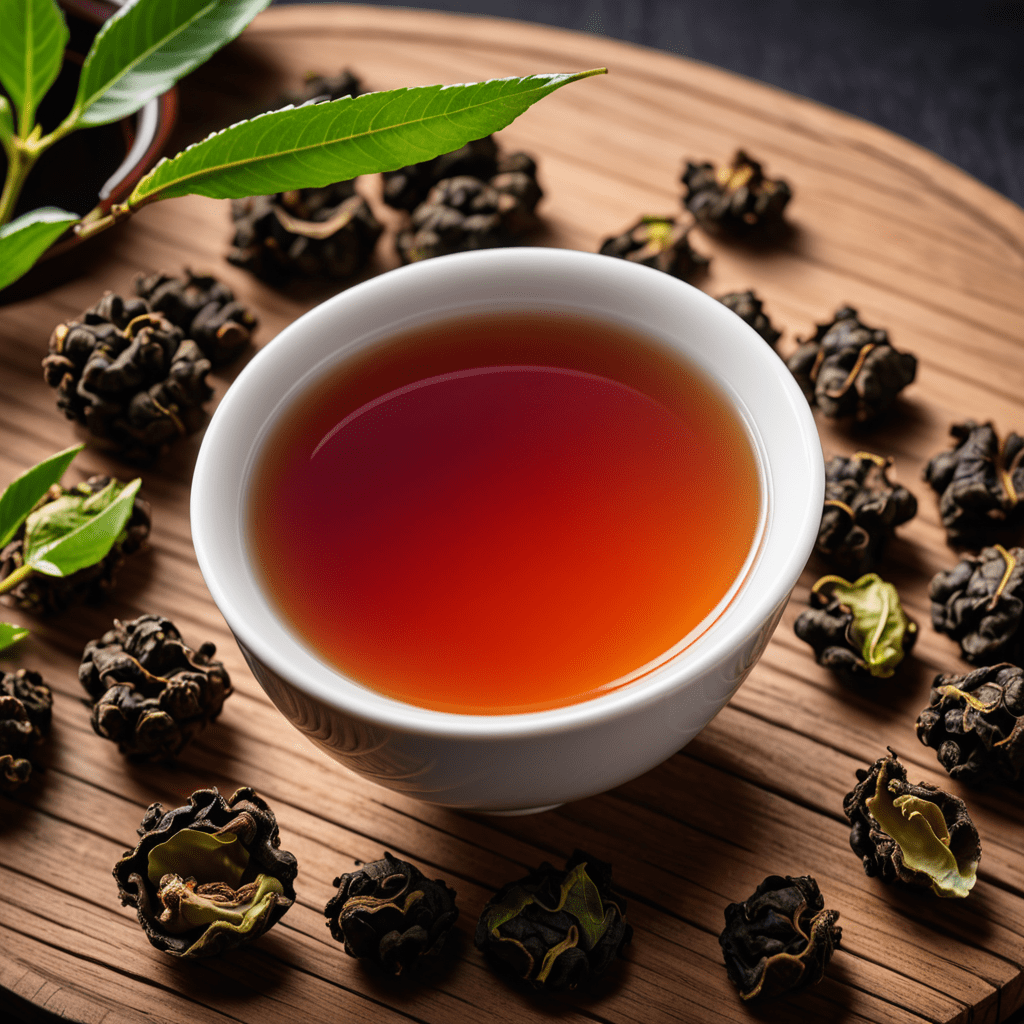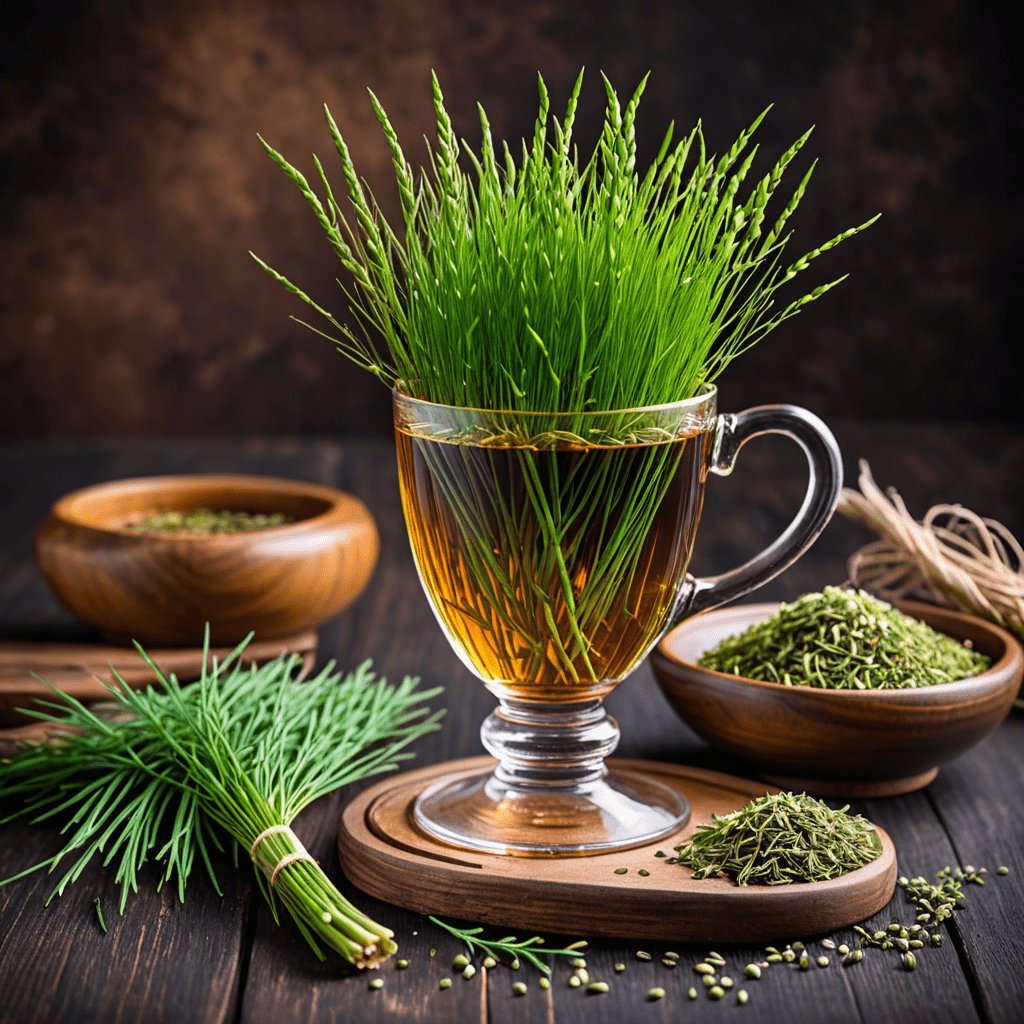Ceylon Tea Traditions: An Ode to Sri Lankan Heritage
Introduction
In the heart of Sri Lanka, nestled amidst verdant hills and misty mountains, lies the birthplace of Ceylon tea—a time-honored tradition that has shaped the island's cultural landscape for centuries. Renowned for its distinctive flavor and exquisite aroma, Ceylon tea embodies the essence of Sri Lankan heritage, deeply intertwined with the country's history, economy, and way of life.
The History of Ceylon Tea
The genesis of Ceylon tea can be traced back to the 1800s, when British planters introduced tea bushes to the island. The fertile soil and favorable climate proved ideal for tea cultivation, and within a short period, Ceylon tea became a global sensation, earning a reputation for its superior quality. By the early 20th century, Sri Lanka had emerged as one of the world's leading tea producers, with sprawling tea estates covering vast tracts of land.
The Importance of Tea in Sri Lankan Culture
Tea holds a central place in Sri Lankan society, transcending mere beverage status. It is a symbol of hospitality, a catalyst for social gatherings, and an integral part of the country's culinary traditions. Sri Lankans consume tea throughout the day, from morning wake-up calls to evening relaxation. The aroma of freshly brewed tea permeates homes, workplaces, and public spaces, creating a comforting and inviting ambiance.
The Tea Plantation Landscape
The rolling hills of Sri Lanka are adorned with a tapestry of emerald-green tea plantations, stretching across vast expanses of land. These plantations, meticulously maintained by skilled tea pluckers, are a testament to the expertise and dedication of Sri Lanka's tea industry. The picturesque landscape, with its undulating terrain and pristine waterways, provides an idyllic backdrop for tea cultivation.
The Tea Harvesting Process
The harvesting of Ceylon tea is a delicate and labor-intensive process, traditionally carried out by hand. Skilled tea pluckers, known as "tea pluckers," meticulously select the finest two leaves and a bud from each tea plant. This careful selection ensures that only the highest quality leaves are used in the production of Ceylon tea, contributing to its distinctive flavor and aroma.
The Tea Manufacturing Process
After harvesting, the tea leaves undergo a meticulous manufacturing process that transforms them into the flavorful beverage we enjoy. The leaves are first withered, reducing their moisture content and initiating the oxidation process. Subsequent fermentation and drying steps develop the characteristic flavor and aroma of Ceylon tea. The resulting black tea is then carefully graded according to size, appearance, and quality.
The Art of Tea Tasting
Tea tasting is an art form in Sri Lanka, where experts evaluate the subtle nuances and characteristics of different teas. Tea tasters use their trained palates to discern various flavor notes, including floral, fruity, and malty, as well as any astringency or bitterness. Through tea tasting, they assess the tea's quality, grade it, and determine its suitability for blending or specific markets.
The Ritual of Tea Drinking
The act of tea drinking in Sri Lanka goes beyond mere consumption; it is an integral part of the country's social fabric. Tea plantations offer immersive experiences where visitors can learn about the cultivation and manufacturing processes. In homes and local eateries, tea is served steaming hot, often with milk and sugar, allowing for moments of relaxation and conversation.
Tea in Sri Lankan Cuisine
Tea is closely intertwined with Sri Lankan cuisine, adding its delicate flavors to a range of dishes. Tea leaves are used as a spice in curries, and tea-infused desserts, such as tea cakes and tea ice cream, are popular delicacies. The harmonious blend of tea's distinctive notes with traditional spices creates a culinary fusion that is uniquely Sri Lankan.
The Future of Ceylon Tea
Recognizing the importance of Ceylon tea to Sri Lanka's heritage and economy, the tea industry is committed to preserving its traditions while embracing advances in sustainable cultivation and processing. Continuous research and innovation ensure the tea's quality remains exceptional. Additionally, efforts are underway to promote Ceylon tea on a global scale, introducing its exquisite flavors to new markets and discerning tea enthusiasts worldwide.
FAQ
What is the difference between Ceylon tea and other black teas?
Ceylon tea is renowned for its distinct flavor profile, with prominent notes of citrus, spice, and malt. Its high-elevation cultivation and careful processing distinguish it from other black teas.
How do I brew the perfect cup of Ceylon tea?
For optimal flavor, use fresh, cold water and allow it to boil first. Add one teaspoon of tea leaves per cup and brew for 3-5 minutes, depending on desired strength.
What is the best time of day to drink Ceylon tea?
Ceylon tea can be enjoyed throughout the day, although many prefer it as a morning pick-me-up or an afternoon companion to unwind.


